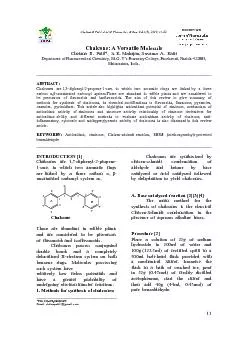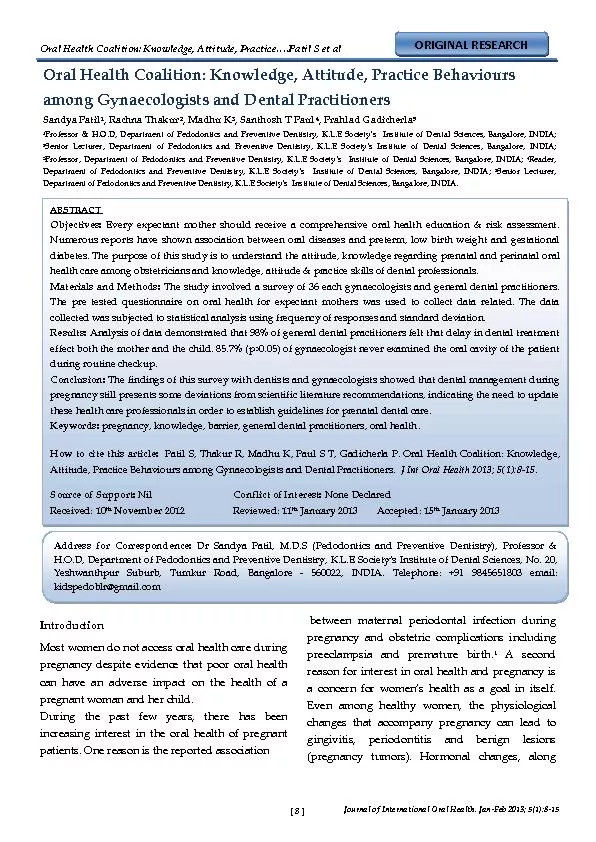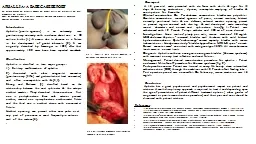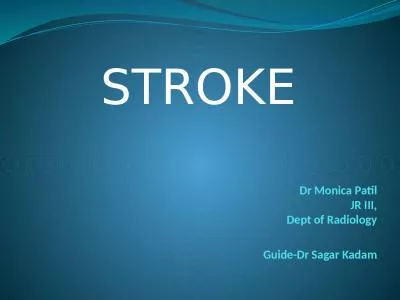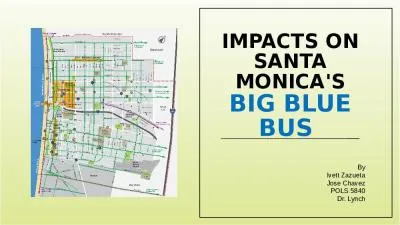PPT-Dr MONICA PATIL PG Guide-
Author : bikershomemaker | Published Date : 2020-06-16
Dr SACHIN BAGALE CONGENITAL HEART DISEASES Rhomboid Wraps around the LV Trabeculated esp at apex Septal attachment of papillary muscle MORPHOLOGICAL RIGHT VENTRICLE
Presentation Embed Code
Download Presentation
Download Presentation The PPT/PDF document "Dr MONICA PATIL PG Guide-" is the property of its rightful owner. Permission is granted to download and print the materials on this website for personal, non-commercial use only, and to display it on your personal computer provided you do not modify the materials and that you retain all copyright notices contained in the materials. By downloading content from our website, you accept the terms of this agreement.
Dr MONICA PATIL PG Guide-: Transcript
Download Rules Of Document
"Dr MONICA PATIL PG Guide-"The content belongs to its owner. You may download and print it for personal use, without modification, and keep all copyright notices. By downloading, you agree to these terms.
Related Documents




